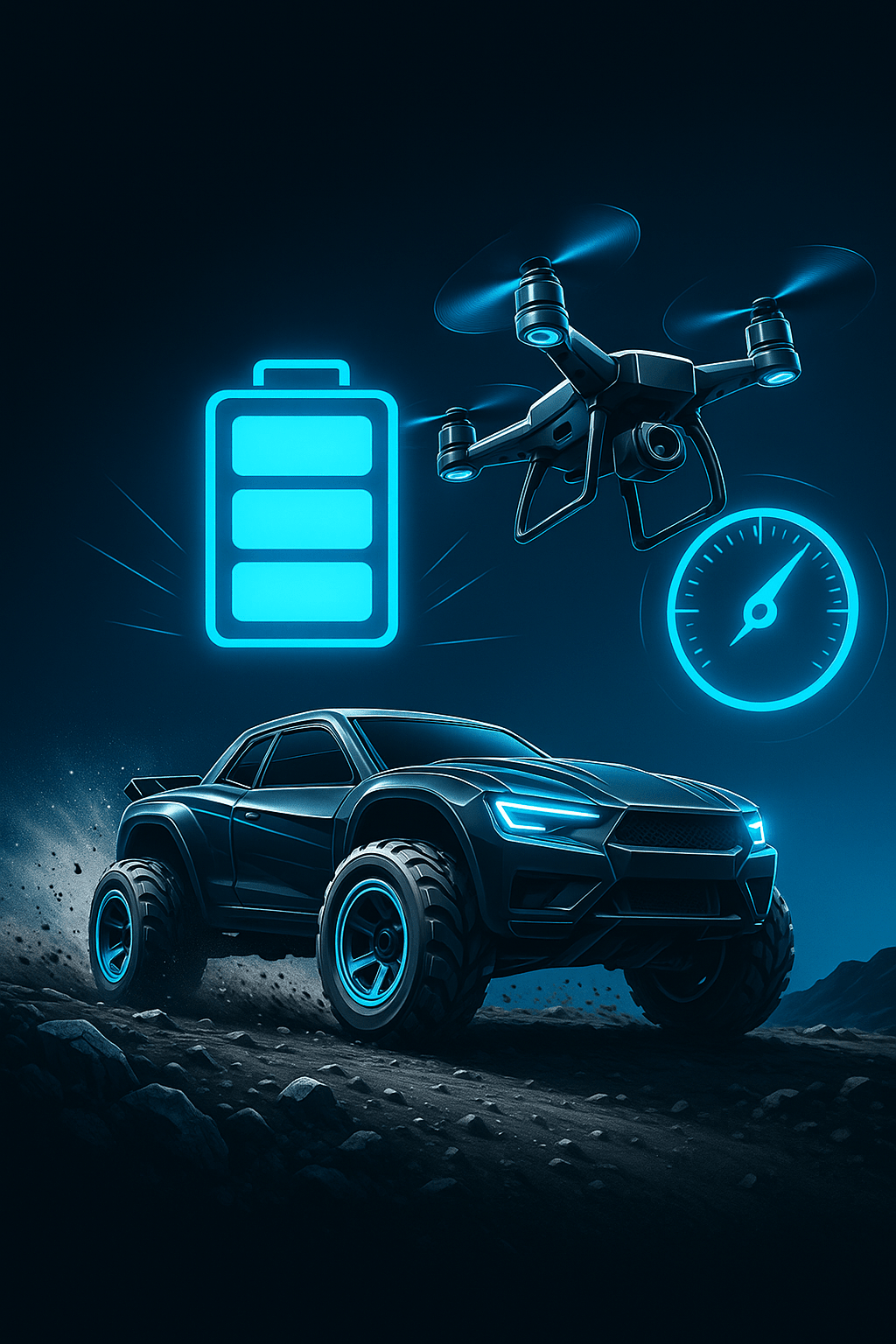When it comes to charging RC batteries, ensuring the proper connections are in place is essential for both safety and performance. One of the most commonly used connectors in the RC hobby world is the JST/XH connector. But what exactly is it, and why is it so prevalent in RC battery charging setups? Let’s dive into everything you need to know about these connectors and how they play a crucial role in safely charging your RC batteries.
What is a JST/XH Connector?
The JST/XH connector is a type of balance connector often used in lithium-polymer (LiPo), lithium iron phosphate (LiFe), and other types of multi-cell batteries. The JST part of the name refers to the Japanese company Japan Solderless Terminal that manufactures these connectors, while XH is a specific series of connectors designed for balancing multiple cells in a battery pack.
These connectors are designed to manage the balance of voltage across the different cells in a multi-cell battery, ensuring that each cell is charged to the correct voltage level. This balance helps prevent overcharging, undercharging, and ensures the longevity and safety of the battery.
Key Features of JST/XH Connectors
-
Connector Type: The JST/XH connectors are typically found in 2-6 cell configurations. For example, a 2S battery will have a 3-pin JST/XH connector (for 2 cells), while a 6S battery will have a 7-pin connector (for 6 cells).
-
Voltage Balancing: The primary function of the JST/XH connector is to allow the charger to monitor and adjust the voltage of each cell individually. This is critical for ensuring that all cells charge equally, which maximizes battery health and prevents damage.
-
Durability: These connectors are built to withstand the rigors of RC usage, including vibrations, high temperatures, and mechanical stress. They are typically reliable, compact, and lightweight.
-
Compatibility: JST/XH connectors are standard in many RC batteries, chargers, and electronic speed controllers (ESCs), making them highly compatible across different brands and setups.
Why are JST/XH Connectors Important for RC Battery Charging?
-
Cell Balancing: Lithium-based batteries are often made up of multiple cells connected in series. If these cells are charged unevenly, one might overcharge, leading to potential safety risks, such as fires or swelling. The JST/XH connector allows the charger to balance the cells, ensuring that each one is charged to the same voltage level, which is critical for both performance and safety.
-
Prevent Overcharging and Overheating: By monitoring each cell individually, the JST/XH connector helps avoid overcharging, which can lead to overheating or even a fire hazard. Overcharging can cause a battery to swell or rupture, which can be dangerous if not managed properly. Using a charger with a JST/XH balance connector significantly reduces these risks.
-
Easy Integration with Balancing Chargers: Most modern RC chargers come equipped with a balancing function designed specifically for the JST/XH connector. This makes it much easier to charge multi-cell batteries without worrying about manual balancing. A charger will automatically balance the cells, providing peace of mind for the user.
-
Longer Battery Life: Proper charging and balancing extend the lifespan of your RC batteries. Over time, improper charging can lead to a reduction in capacity and an overall decrease in performance. By using the JST/XH connectors, you ensure that your cells stay within safe voltage ranges, which helps maintain their health over a longer period.
How to Use JST/XH Connectors for Charging
-
Check Connector Compatibility: Before you start charging, make sure that your battery has a JST/XH balance connector and that your charger is compatible with this connector type. Most modern chargers that support LiPo or LiFe batteries will have a JST/XH balancing port.
-
Connect the JST/XH Balance Connector: Plug the JST/XH connector from the battery into the corresponding balancing port on your charger. Make sure the connector is securely attached but not forced, as this could damage the pins.
-
Set Charger Parameters: Set your charger to the correct charging mode, based on the battery type (LiPo, LiFe, etc.), the number of cells, and the recommended charging current. Many chargers will automatically detect the battery configuration once the balance connector is plugged in.
-
Monitor the Charging Process: While modern chargers are quite safe and include overcharge protection, it's always a good idea to monitor the battery while it charges. Never leave a battery charging unattended for extended periods.
-
Discharge and Store Properly: After charging, ensure the battery is either used or safely stored. If you don't plan to use your battery for a while, it's best to store it at around 50-60% charge to maintain battery health.
Common Mistakes to Avoid
-
Forcing the Connection: The JST/XH connector is designed for a specific orientation. Never force the connector into the port. Forcing it can damage the pins or create a poor connection, leading to charging issues.
-
Mixing Different Battery Types: Be cautious about using a charger that is not compatible with your specific battery chemistry (e.g., charging a LiPo battery with a charger designed for NiMH batteries). Using the wrong charger could lead to safety hazards or reduced performance.
-
Leaving Batteries Unattended: While chargers have built-in protection mechanisms, it’s always safest to stay nearby while your battery is charging. Never leave it charging unattended, especially when charging at higher currents.
Conclusion
The JST/XH connector is an essential tool for RC battery charging, offering a reliable way to ensure that your batteries are properly balanced, charged safely, and maintained for longer lifespans. By understanding the importance of these connectors and how to use them correctly, you can maximize your RC battery's performance and enjoy a safe and enjoyable hobby. Whether you're racing, flying drones, or just enjoying some RC fun, make sure to take proper care of your batteries with the right charging techniques!










Share:
LiPo vs Li-Ion: Why LiPo Batteries Are the Best Choice for RC Models
Understanding RC Battery C Ratings: Why 30C is a Great Choice for Your RC Model